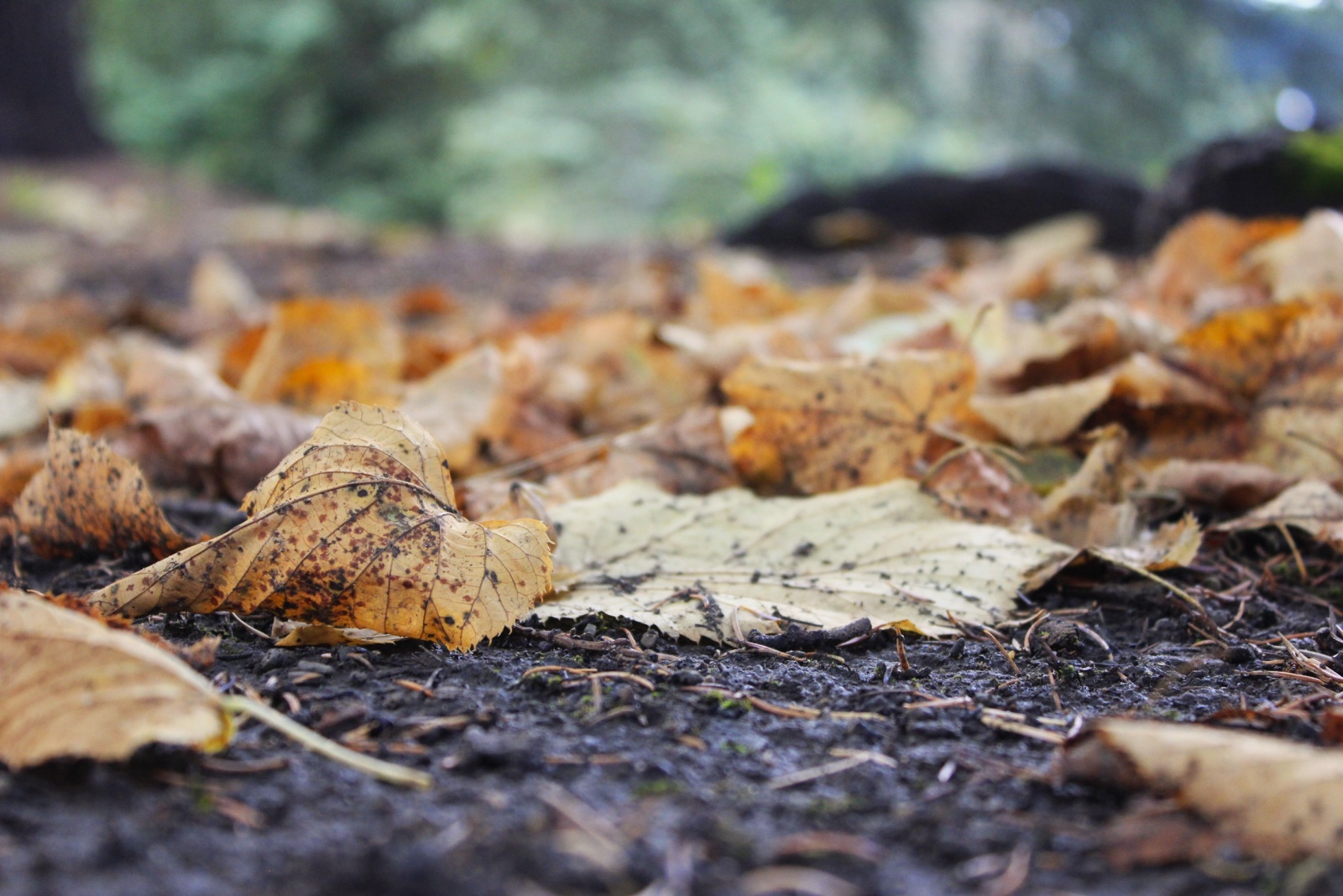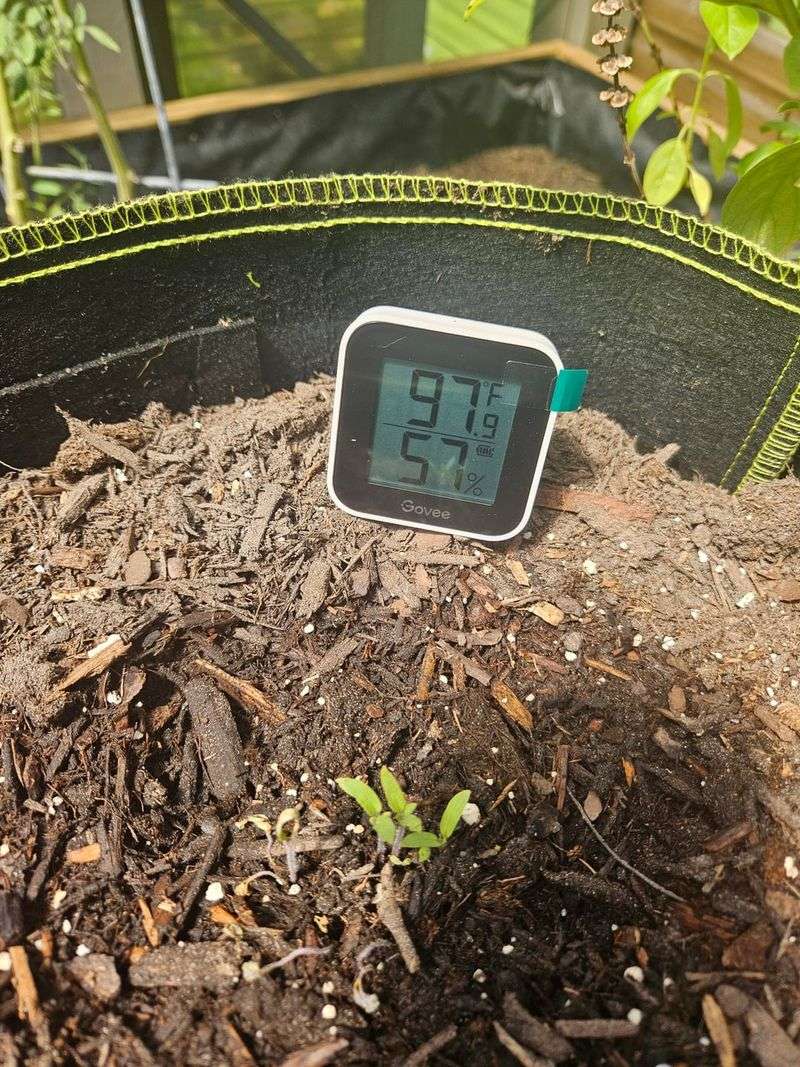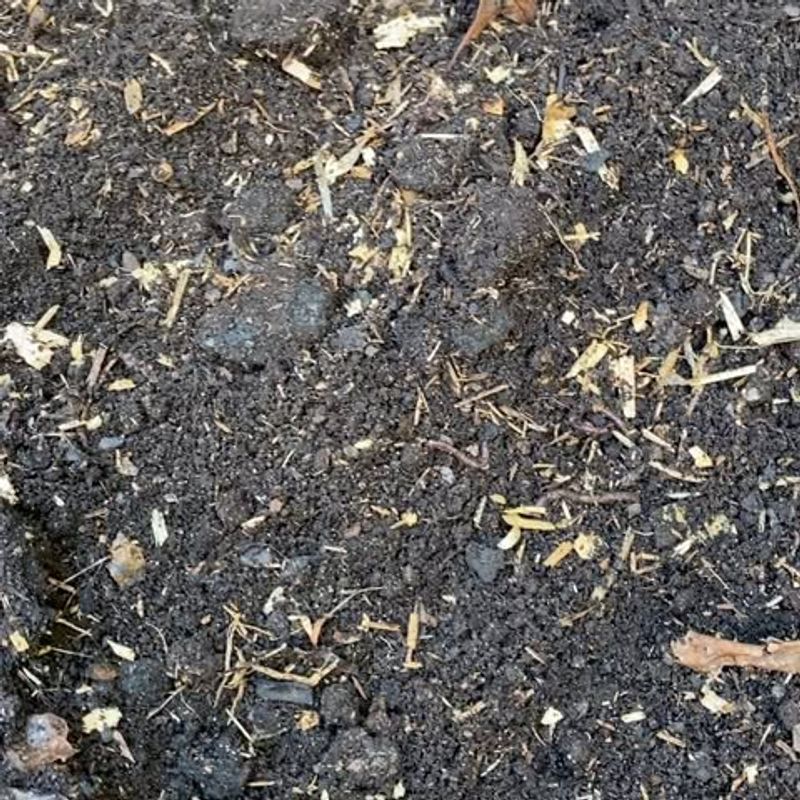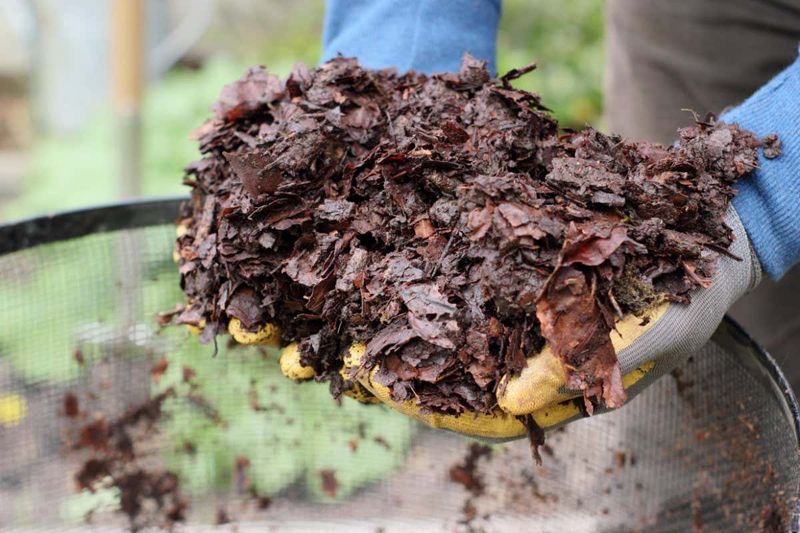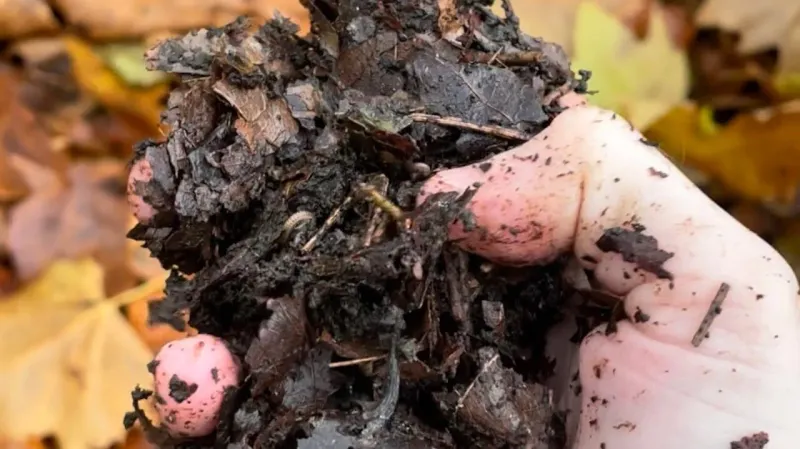December might seem like a strange time to be out in the garden—but in Washington, seasoned gardeners know better. They’re busy adding a secret weapon to their soil: leaf mold. This dark, crumbly material is made from decomposed leaves and it’s pure gold for your garden.
It holds moisture, improves structure, and feeds the soil all winter long. In the rainy Pacific Northwest, leaf mold helps gardens thrive through soggy months and bounce back strong in spring. It’s a quiet, powerful way to prep for the growing season ahead.
1. Improves Soil Structure And Drainage
Leaf mold acts like tiny sponges in your soil, creating air pockets that roots absolutely love. When you work it into heavy clay soil common in many Washington yards, it breaks up those dense clumps and lets water flow through more easily.
Without proper drainage, plant roots can suffocate during our rainy season. Adding leaf mold in December gives it time to settle before spring planting begins.
Your garden beds become lighter, fluffier, and easier for seedlings to push through when warm weather returns.
2. Holds Moisture During Summer Months
While December brings plenty of rain, Washington summers can get surprisingly dry. Leaf mold absorbs water like a natural reservoir, holding onto moisture that plants can access later when they need it most.
A single handful can retain nearly five times its weight in water! By mixing it in now, you’re essentially creating a savings account of moisture for those hot July and August days.
Your plants will stay hydrated longer between waterings, saving you time and reducing your water bill.
3. Feeds Beneficial Soil Organisms
Earthworms, bacteria, and fungi throw a party when you add leaf mold to your garden. These helpful creatures break down organic matter and create nutrients that plants can actually use.
December application gives these organisms a winter feast, keeping them active even in cooler temperatures. As they munch through the leaf mold, they create tunnels that further improve soil structure.
Think of it as supporting an underground workforce that does the heavy lifting for healthier plants come springtime.
4. Provides Slow-Release Nutrients
Unlike chemical fertilizers that rush nutrients to plants all at once, leaf mold works at a gentler pace. As it continues breaking down through winter and spring, it gradually releases nitrogen, phosphorus, and other essential elements plants crave.
This steady supply means your vegetables and flowers get fed consistently without the boom-and-bust cycle of synthetic products.
December mixing ensures nutrients become available right when spring growth kicks into high gear, giving seedlings the perfect nutritional foundation.
5. Balances Soil PH Naturally
Washington soils often lean acidic thanks to our evergreen forests and heavy rainfall. Leaf mold made from deciduous tree leaves helps nudge pH levels toward neutral, which most vegetables and flowers prefer.
You won’t see dramatic overnight changes, but steady applications create a more balanced growing environment over time.
Adding it in December means the material has months to interact with existing soil before planting season arrives, creating optimal conditions without harsh chemical adjustments.
6. Reduces Winter Soil Erosion
December storms can wash away precious topsoil if beds sit bare and exposed. Mixing leaf mold into the top few inches creates a protective barrier that holds soil particles in place during heavy rains.
The material acts like glue, binding soil together while still allowing water to percolate through properly. Sloped gardens especially benefit from this natural erosion control.
By protecting your soil now, you’re ensuring all those valuable nutrients and microorganisms stay put instead of washing into storm drains.
7. Free And Sustainable Soil Amendment
Why spend money on expensive soil amendments when fallen leaves blanket Washington yards every autumn? Making leaf mold costs nothing but a bit of time and patience.
Simply pile damp leaves in a corner, wait several months, and you’ve created premium soil conditioner. This sustainable practice keeps organic material out of landfills while improving your garden naturally.
December application uses up stockpiles from fall raking, turning yard waste into gardening gold that benefits both your wallet and the environment beautifully.

